Home>Gardening & Outdoor>Outdoor Recreation & Activities>How Many Lanes In An Olympic Swimming Pool


Outdoor Recreation & Activities
How Many Lanes In An Olympic Swimming Pool
Modified: March 2, 2024
Discover the standard number of lanes in an Olympic swimming pool and learn more about outdoor recreation and activities. Dive into the details now!
(Many of the links in this article redirect to a specific reviewed product. Your purchase of these products through affiliate links helps to generate commission for Storables.com, at no extra cost. Learn more)
Introduction
When it comes to the world of competitive swimming, the Olympic Games stand as the pinnacle of athletic prowess and achievement. The Olympic swimming pool, where records are shattered and champions are made, is a symbol of excellence and determination. The design and specifications of an Olympic swimming pool are meticulously crafted to meet the exacting standards of the world's most elite swimmers.
The dimensions and features of an Olympic swimming pool are not arbitrary; they are carefully regulated to ensure fairness and consistency in competition. From the length and width of the pool to the number of lanes, every aspect is scrutinized to provide an optimal environment for swimmers to showcase their skills.
In this article, we will delve into the standard dimensions of an Olympic swimming pool and explore the significance of the number of lanes in these prestigious aquatic arenas. Understanding the intricacies of an Olympic swimming pool not only offers insight into the world of competitive swimming but also sheds light on the meticulous planning and attention to detail that underpin the Olympic Games. Let's dive into the depths of Olympic swimming pools and unravel the secrets behind their design and construction.
Key Takeaways:
- Olympic swimming pools have 10 lanes, each 2.5 meters wide, to host a wide range of races and ensure fair competition for swimmers of all abilities.
- The 50-meter length and 25-meter width of an Olympic swimming pool provide a stage for swimmers to showcase their skills and push the boundaries of human performance.
Read more: How Many Liters In An Olympic Swimming Pool
Standard Dimensions of an Olympic Swimming Pool
The standard dimensions of an Olympic swimming pool are a critical component of its design, playing a pivotal role in ensuring fair and consistent competition. According to the guidelines set by the International Swimming Federation (FINA), an Olympic-sized swimming pool must measure 50 meters in length, 25 meters in width, and have a minimum depth of 2 meters. These precise measurements are not arbitrary; they are carefully established to meet the exacting standards of competitive swimming.
The length of 50 meters is a defining characteristic of Olympic swimming pools, providing ample space for swimmers to unleash their full potential. This length allows for long-distance events, such as the 1500-meter freestyle, to be contested with the utmost fairness and uniformity. Additionally, the 50-meter length aligns with the international benchmarks for world-record performances, ensuring that swimmers have the opportunity to etch their names in the annals of swimming history.
In terms of width, the 25-meter span of an Olympic swimming pool is designed to accommodate multiple lanes for swimmers to compete simultaneously. This width enables the pool to host a diverse range of events, from individual sprints to relay races, without compromising on the integrity of the competition. The symmetrical layout of the pool, with its precisely measured width, creates an environment where swimmers can showcase their speed, agility, and endurance on the world stage.
Furthermore, the minimum depth requirement of 2 meters is essential for maintaining optimal swimming conditions. The depth of the pool not only ensures the safety of the swimmers but also minimizes turbulence and wave interference during races. This depth standard contributes to the overall stability and fluidity of the water, allowing swimmers to navigate their lanes with precision and confidence.
In essence, the standard dimensions of an Olympic swimming pool embody the commitment to excellence and fairness in competitive swimming. These meticulously crafted specifications serve as the foundation for the world's most prestigious aquatic competitions, providing a stage where athletes can push the boundaries of human performance. The dimensions of an Olympic swimming pool are not merely measurements; they are the embodiment of the relentless pursuit of athletic perfection on the grandest of stages.
Number of Lanes in an Olympic Swimming Pool
The number of lanes in an Olympic swimming pool is a defining characteristic that shapes the dynamics of competitive swimming. An Olympic-sized pool typically features 10 lanes, each 2.5 meters wide. This configuration is not arbitrary; it is a carefully calibrated arrangement designed to optimize the flow of races and provide an equitable platform for swimmers to showcase their skills.
The presence of 10 lanes in an Olympic swimming pool serves multiple purposes, chief among them being the accommodation of a diverse array of swimming events. From the frenetic energy of the 50-meter freestyle to the strategic precision of the 200-meter individual medley, the 10-lane layout ensures that the pool can host a wide spectrum of races, each with its own unique demands and nuances.
Moreover, the number of lanes directly influences the conduct of relay events, a cornerstone of competitive swimming. With 10 lanes at their disposal, relay teams can compete side by side, each swimmer navigating their designated segment with unwavering focus and determination. This setup not only fosters an electrifying atmosphere for spectators but also underscores the significance of teamwork and synchronization in relay competitions.
The 10-lane configuration also plays a pivotal role in minimizing the impact of lane assignments on race outcomes. In swimming, the central lanes (usually lanes 4 through 6) are often perceived as advantageous due to their proximity to the pool's central axis, which minimizes the disruptive effects of wave interference. By providing 10 lanes, the Olympic swimming pool mitigates the potential disparities in lane assignments, ensuring that all swimmers have an equal opportunity to compete on a level playing field.
Furthermore, the 10-lane layout facilitates the efficient progression of heats and semifinals during major swimming competitions. This streamlined process allows for the seamless execution of multi-round events, enabling swimmers to navigate through the various stages of competition with clarity and purpose.
In essence, the number of lanes in an Olympic swimming pool is not merely a numerical specification; it is a fundamental element that shapes the essence of competitive swimming. The 10-lane configuration embodies the commitment to fairness, diversity, and precision in aquatic competitions, serving as a conduit for athletes to push the boundaries of their abilities and inspire audiences with their extraordinary feats in the water.
An Olympic swimming pool typically has 10 lanes, each 2.5 meters wide. This allows for multiple swimmers to compete at the same time without crowding.
Importance of the Number of Lanes in Competitive Swimming
The number of lanes in a competitive swimming pool holds profound significance in shaping the dynamics and integrity of aquatic competitions. Beyond its numerical value, the configuration of lanes exerts a far-reaching influence on the conduct of races, the psychology of swimmers, and the overall spectacle of competitive swimming.
First and foremost, the number of lanes directly impacts the fairness and impartiality of swimming events. In a sport where fractions of a second can separate victory from defeat, the allocation of lanes plays a pivotal role in ensuring equitable conditions for all competitors. With a greater number of lanes, the potential disparities in lane assignments are minimized, mitigating the impact of external factors such as wave interference and current variations. This fosters an environment where swimmers can compete on a level playing field, with their performances being the primary determinant of success.
Moreover, the number of lanes in a swimming pool directly correlates with the diversity of events that can be hosted. A higher lane count enables the seamless execution of a wide spectrum of races, ranging from intense sprints to grueling endurance challenges. This inclusivity not only celebrates the multifaceted nature of swimming as a sport but also provides opportunities for athletes with varying strengths and specialties to showcase their skills. The 10-lane configuration of an Olympic swimming pool, for instance, allows for the exhilarating display of speed, agility, and strategic prowess across a multitude of events, captivating audiences and inspiring aspiring swimmers worldwide.
Furthermore, the number of lanes influences the psychological dynamics of competitive swimming. The expansive layout of lanes in a pool creates a visually striking and emotionally charged arena, where swimmers are immersed in an atmosphere of intensity and anticipation. The presence of multiple lanes amplifies the competitive fervor, igniting the spirit of determination and fortitude in each swimmer as they strive to conquer their designated path to victory. This psychological dimension adds depth and drama to swimming competitions, elevating the emotional resonance of the sport and captivating the hearts and minds of spectators.
In essence, the number of lanes in a competitive swimming pool transcends its numerical essence, embodying the principles of fairness, diversity, and psychological impact. It serves as a conduit for the convergence of athletic prowess, strategic acumen, and unwavering determination, creating a stage where swimmers can transcend their limits and etch their names in the annals of sporting history. The significance of the number of lanes in competitive swimming resonates far beyond the confines of the pool, symbolizing the relentless pursuit of excellence and the enduring spirit of human achievement.
Conclusion
In conclusion, the design and specifications of an Olympic swimming pool, including the standard dimensions and the number of lanes, are not merely technical details but pillars that uphold the spirit of competitive swimming. The 50-meter length, 25-meter width, and 10-lane configuration of an Olympic-sized pool represent the culmination of meticulous planning, unwavering dedication to fairness, and a celebration of the multifaceted nature of aquatic competitions.
The standard dimensions of an Olympic swimming pool, meticulously regulated by the International Swimming Federation (FINA), embody the pursuit of excellence and the quest for athletic perfection. The precise measurements of the pool, from its length to its depth, create an environment where swimmers can unleash their full potential, push the boundaries of human performance, and etch their names in the annals of swimming history. These dimensions are not arbitrary; they are the embodiment of the relentless pursuit of athletic perfection on the grandest of stages.
Furthermore, the number of lanes in an Olympic swimming pool, set at 10 with a width of 2.5 meters each, serves as a conduit for the convergence of athletic prowess, strategic acumen, and unwavering determination. This configuration fosters an environment where swimmers can compete on a level playing field, showcasing their skills across a diverse array of events and inspiring audiences with their extraordinary feats in the water. The 10-lane layout is not merely a numerical specification; it is a fundamental element that shapes the essence of competitive swimming, embodying the commitment to fairness, diversity, and precision in aquatic competitions.
In essence, the Olympic swimming pool stands as a symbol of athletic excellence, a stage where champions are made and records are shattered. Its dimensions and the number of lanes are not just physical attributes but a testament to the unwavering spirit of human achievement and the enduring legacy of the Olympic Games. As the world continues to witness the triumphs and triumphs of swimmers in these prestigious aquatic arenas, the standard dimensions and the 10-lane configuration will remain as steadfast guardians of fairness, diversity, and the relentless pursuit of athletic perfection.
Frequently Asked Questions about How Many Lanes In An Olympic Swimming Pool
Was this page helpful?
At Storables.com, we guarantee accurate and reliable information. Our content, validated by Expert Board Contributors, is crafted following stringent Editorial Policies. We're committed to providing you with well-researched, expert-backed insights for all your informational needs.
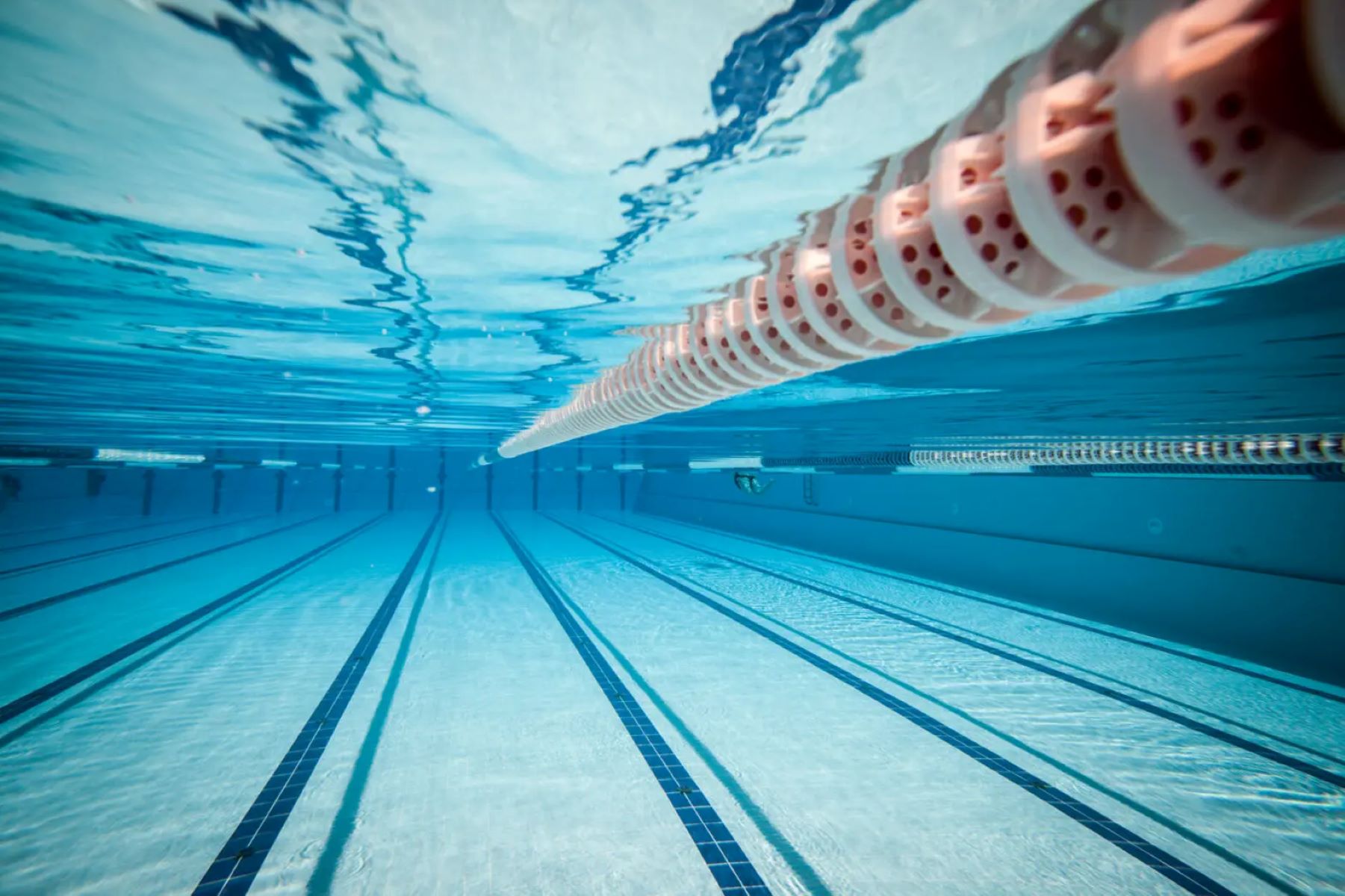
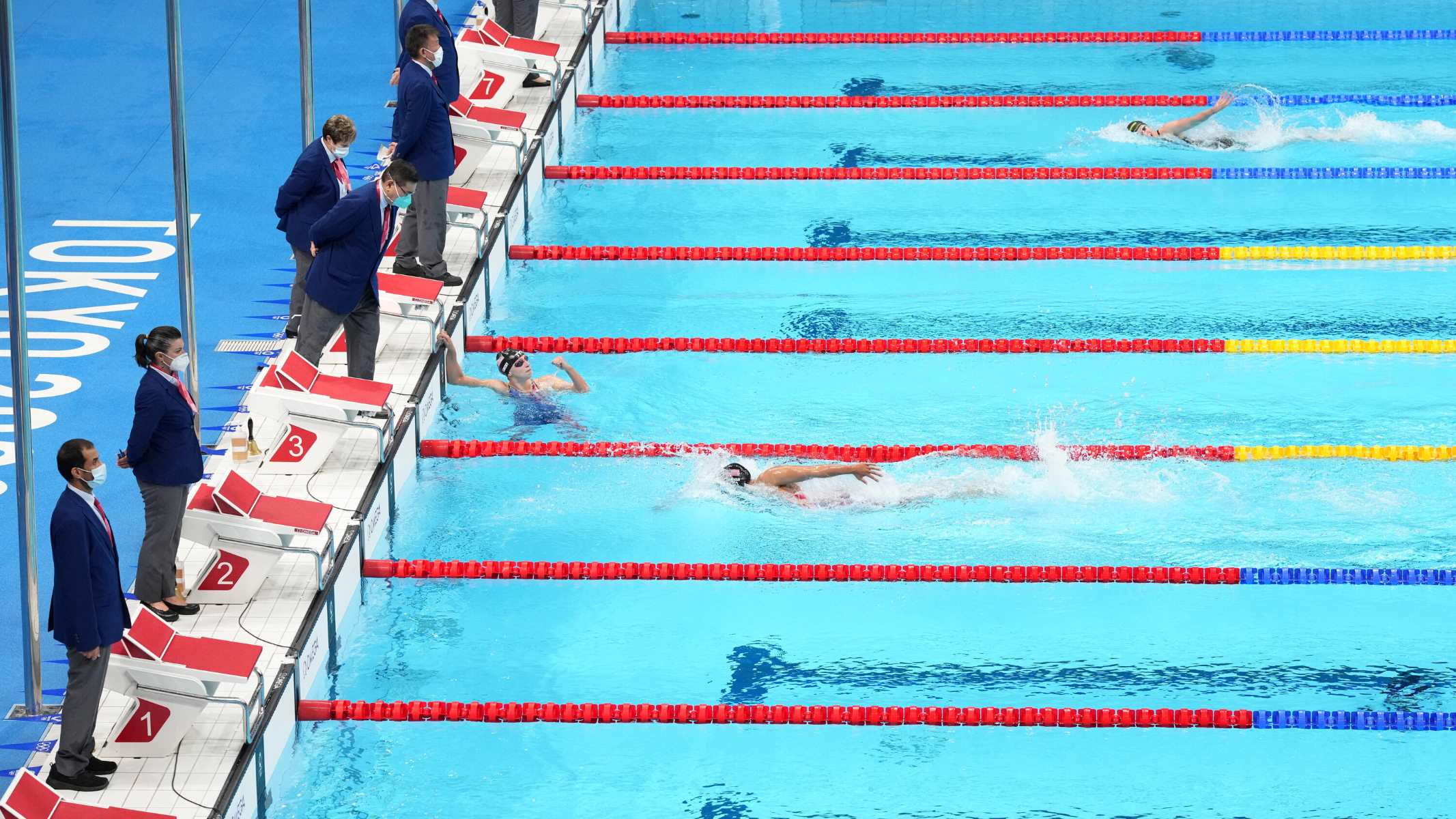

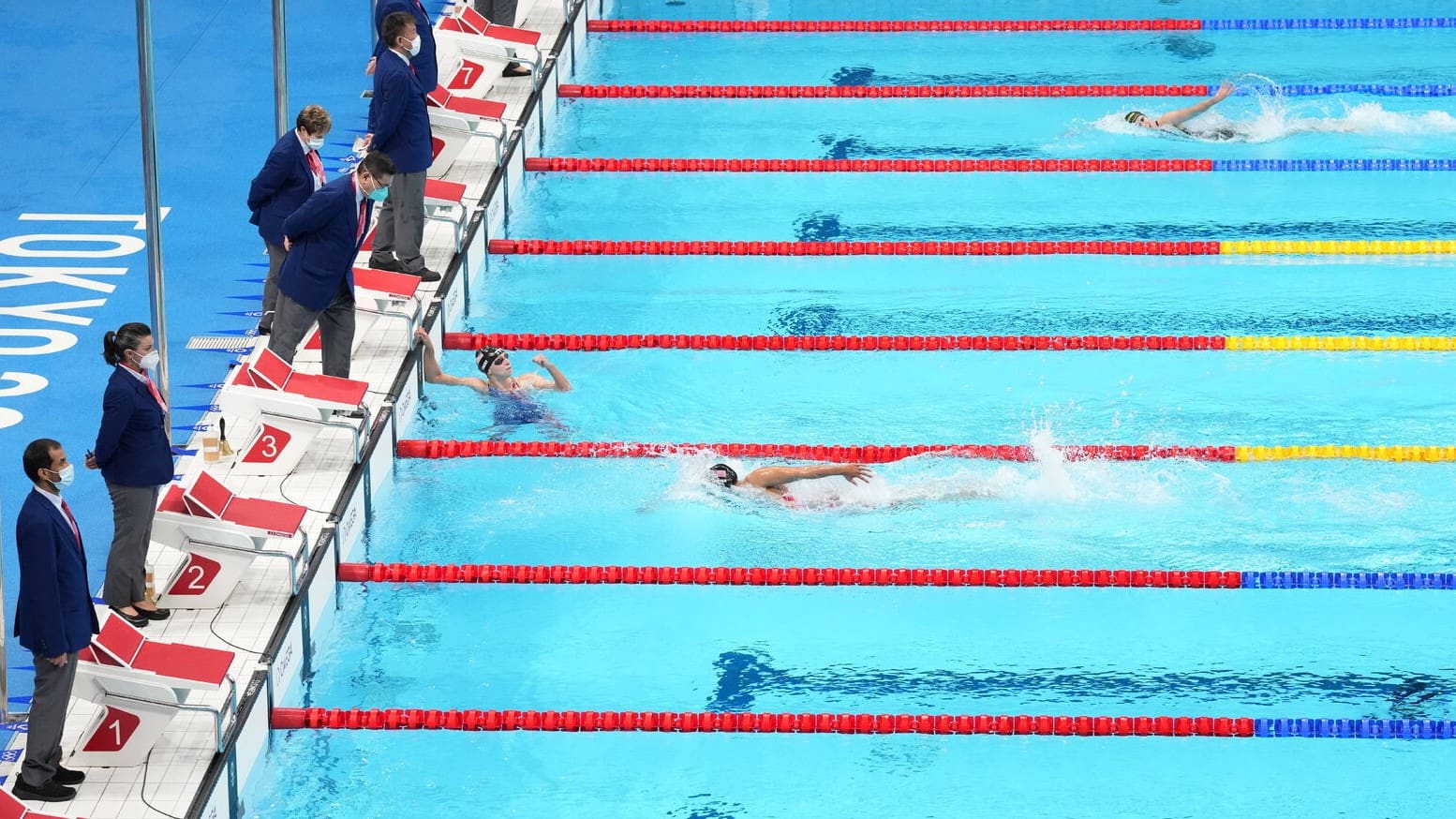

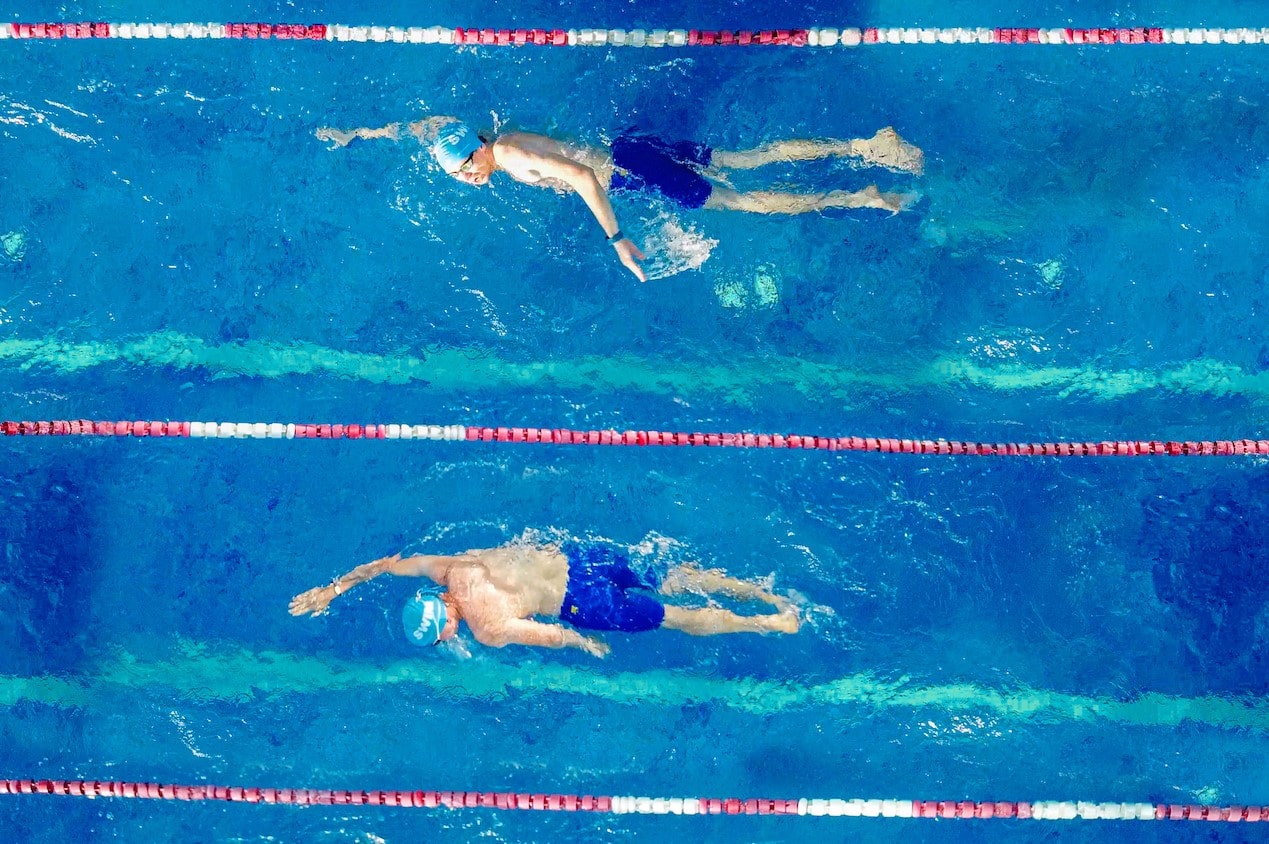
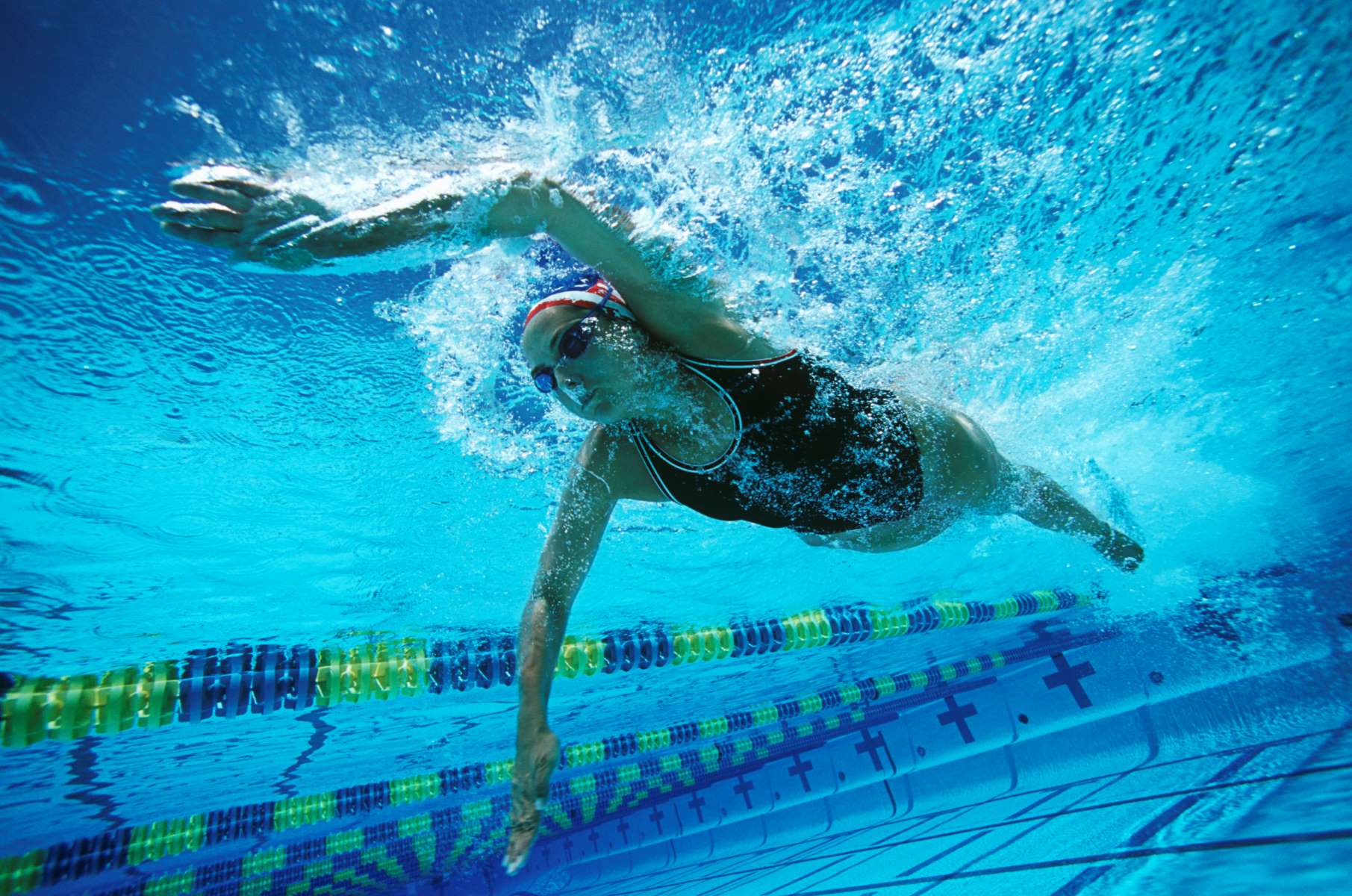
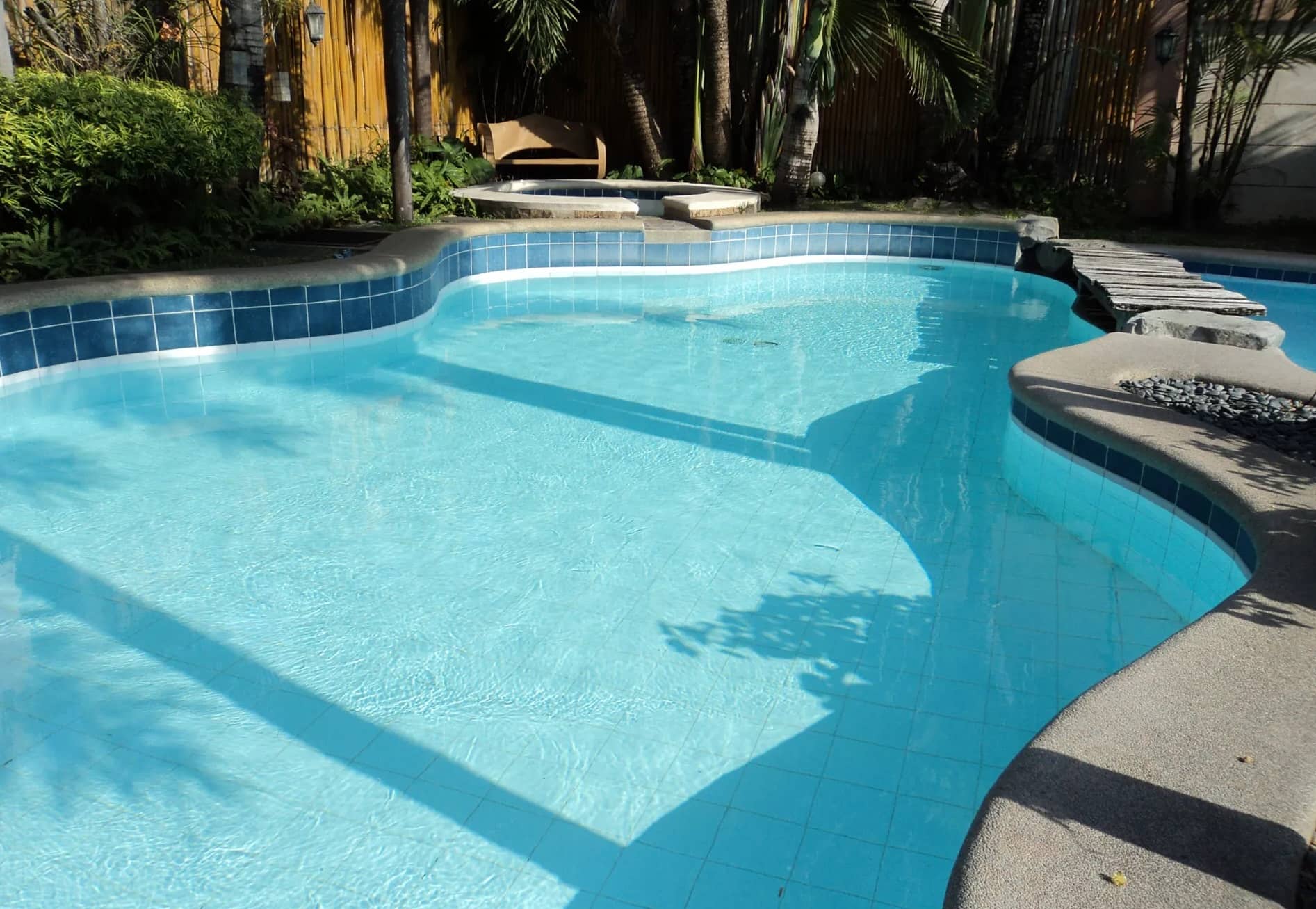

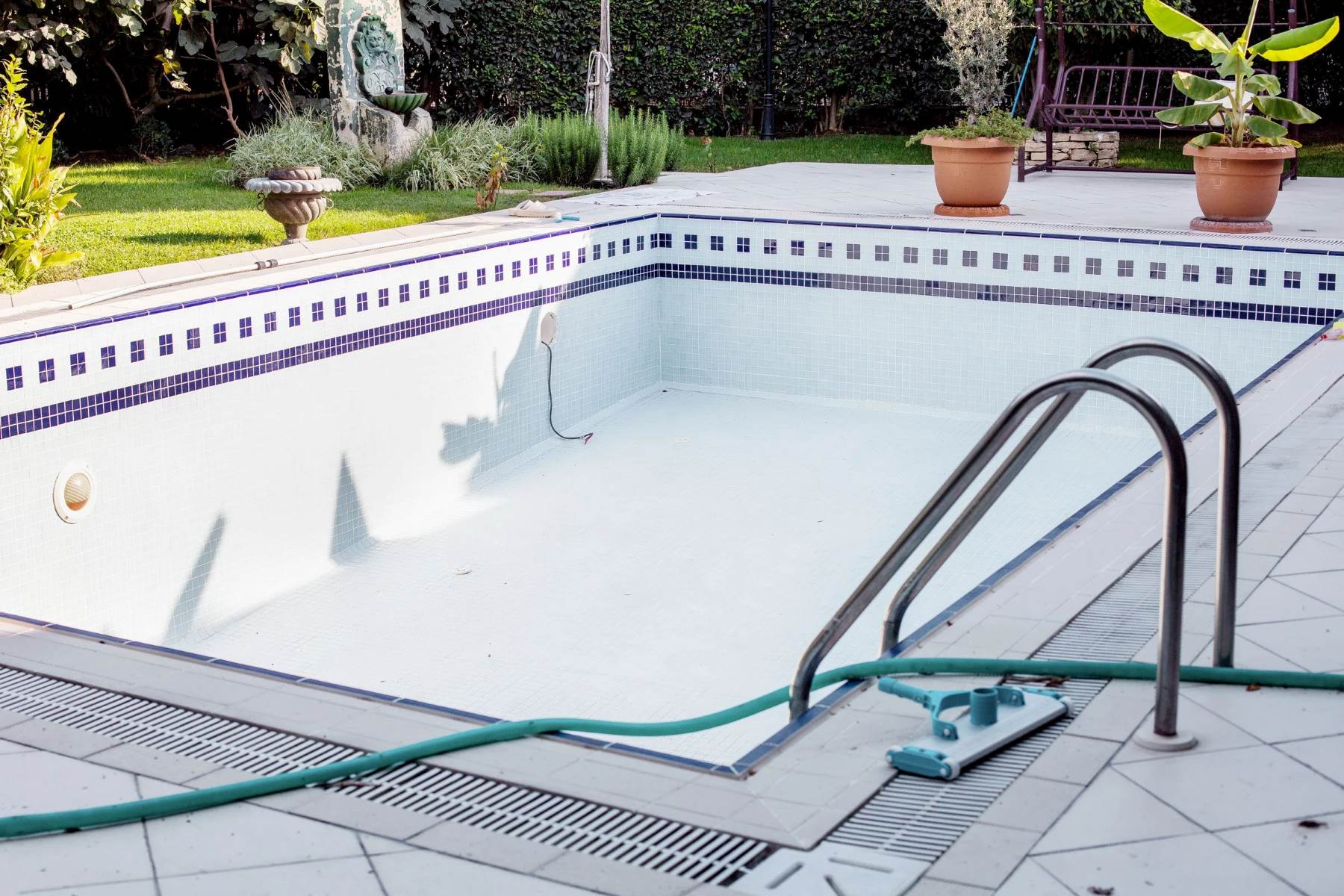
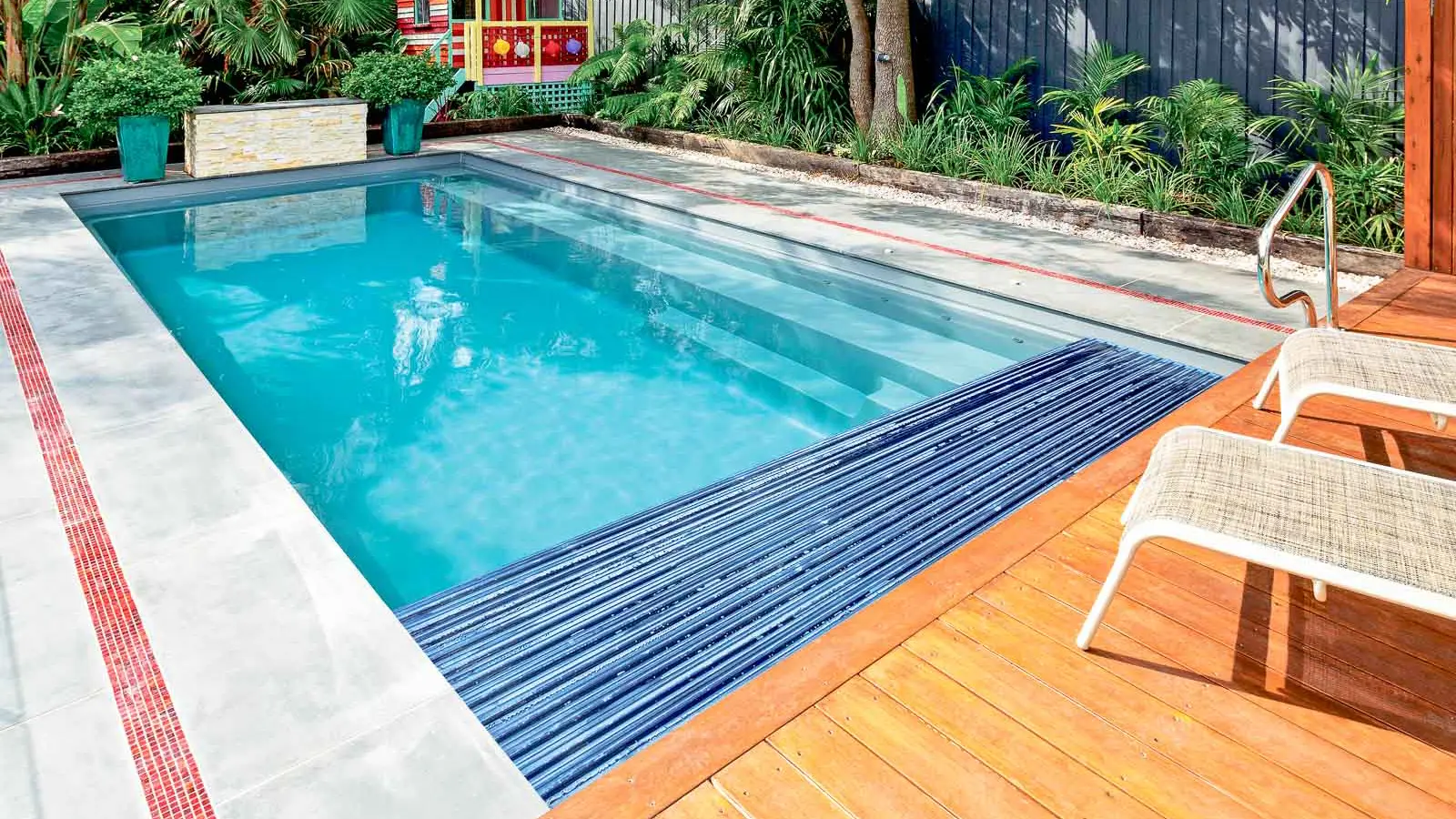


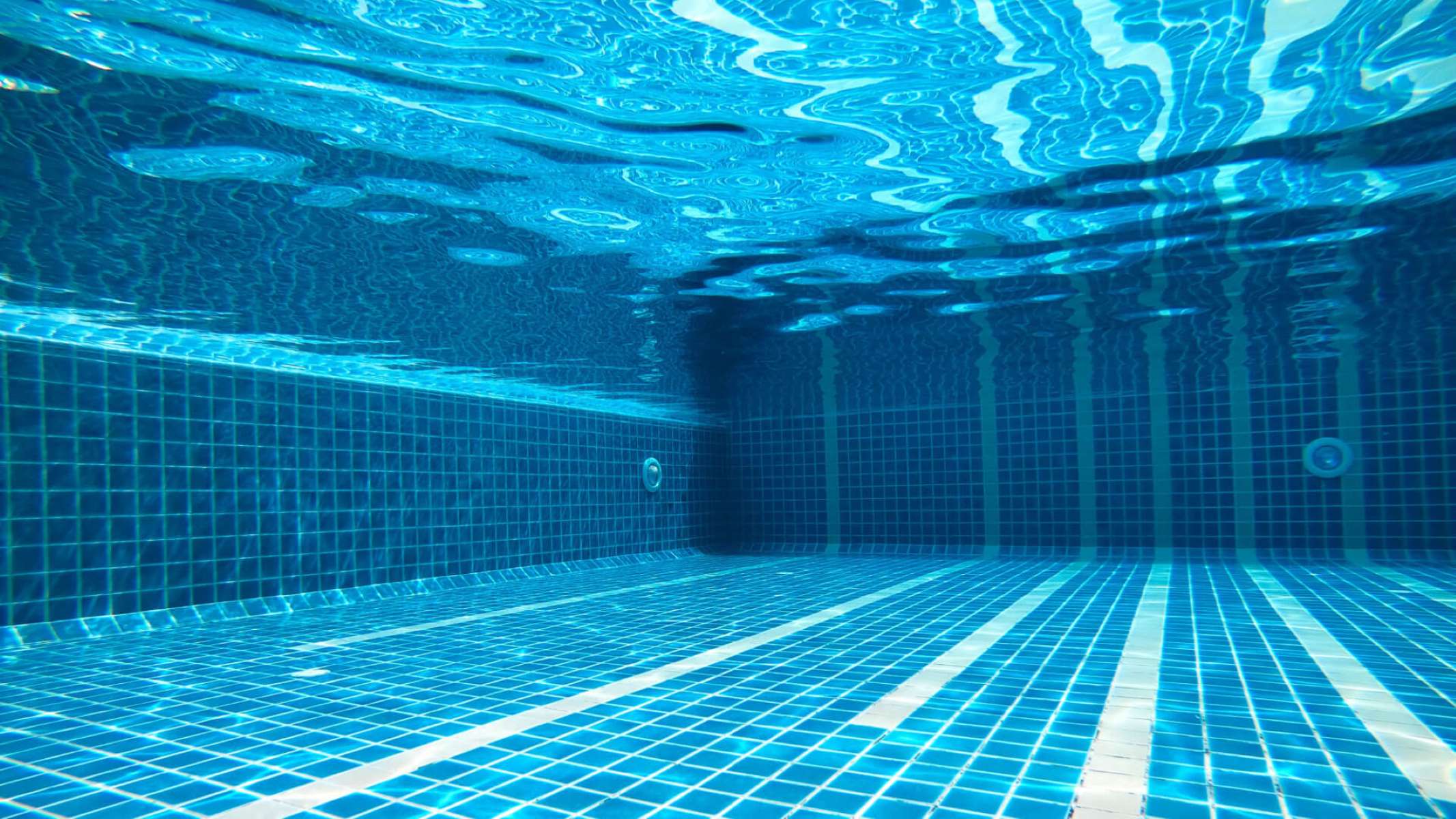
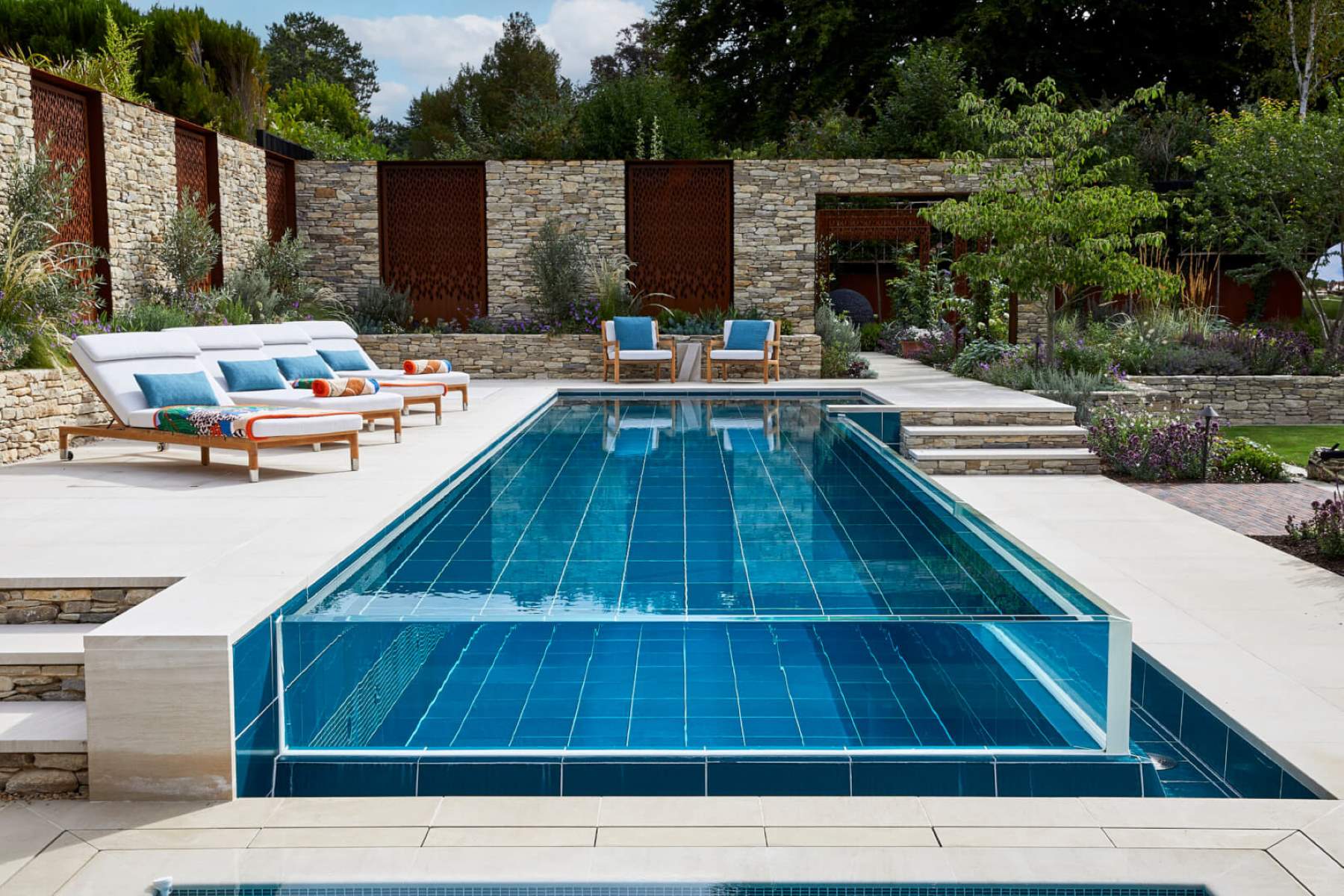

0 thoughts on “How Many Lanes In An Olympic Swimming Pool”